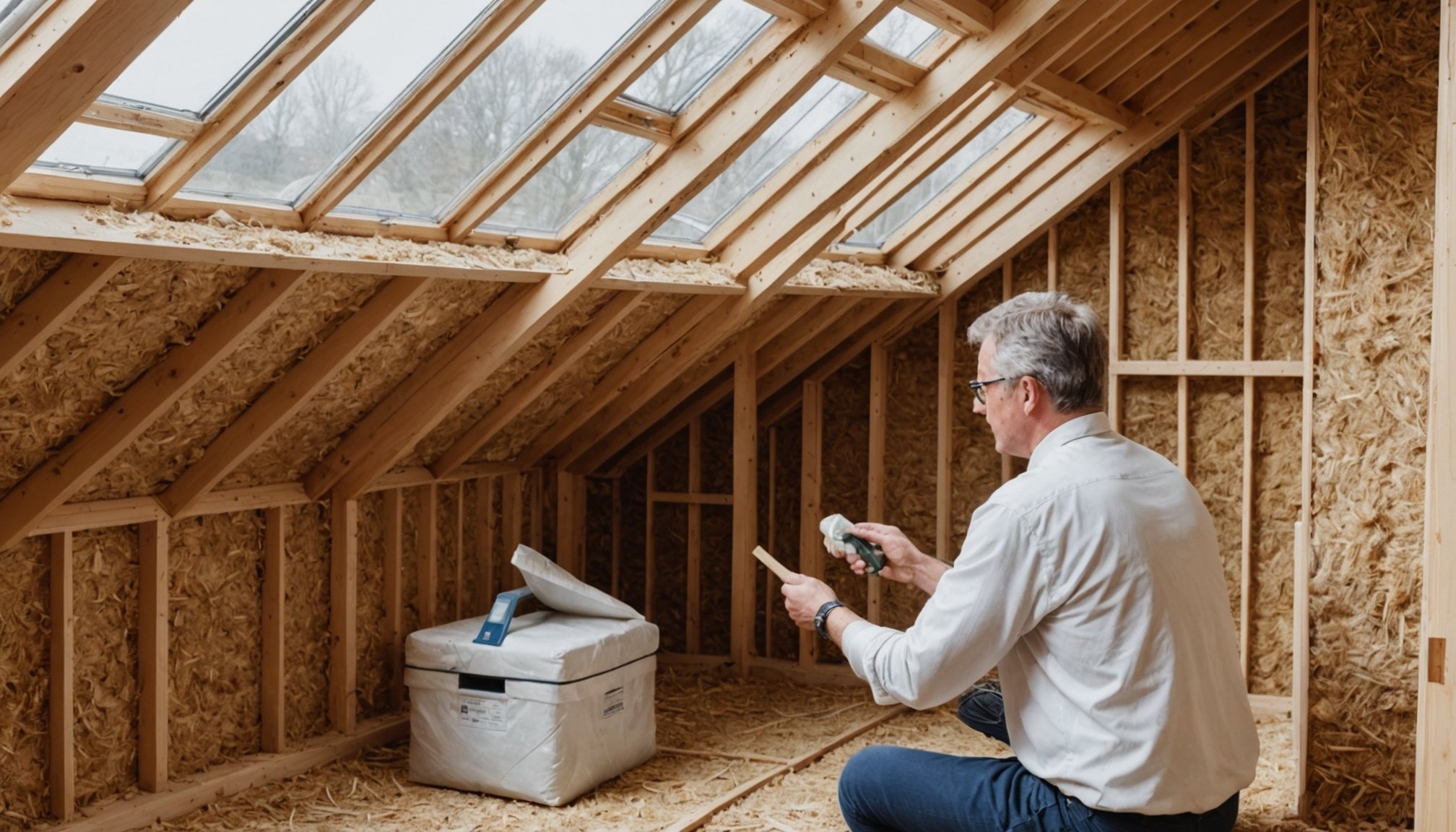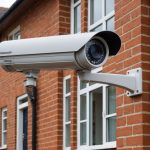Overview of Eco-Friendly Home Insulation
With the growing emphasis on sustainable living, understanding eco-friendly insulation becomes essential. Eco-friendly insulation refers to materials that reduce energy consumption while having minimal environmental impact during production and disposal. It’s crafted from renewable resources or recycled content, ensuring lower carbon footprints.
The importance of sustainability in home insulation cannot be overstated. Insulation affects energy efficiency, which relates directly to both environmental impact and household energy costs. By using eco-friendly insulation, homeowners can significantly cut down on heating and cooling needs, thus reducing overall energy dependency. This contributes to lower carbon emissions, a vital step in tackling climate change.
In the same genre : Transform Your UK Dining Room Ambiance: Innovative Lighting Techniques to Elevate Your Space
The UK market has seen notable trends in eco-friendly materials. Increasing public awareness and government regulations have fueled demand for sustainable living solutions. Materials such as sheep’s wool, cellulose, and recycled denim are gaining popularity as viable alternatives to traditional insulation options. These materials provide excellent insulation properties while aligning with environmental goals.
Innovations in home insulation features continually emerge, offering better efficiency and ease of installation. As more individuals and businesses embrace eco-friendly practices, the variety and availability of these materials in the UK continue to expand, supporting broader sustainable living efforts.
This might interest you : Ultimate Guide to Weatherproofing Sash Windows in Period Homes: Expert Tips for UK Homeowners
Types of Eco-Friendly Insulation Materials
Exploring eco-friendly insulation offers both cost savings and environmental benefits. These insulation materials can impact your home’s energy efficiency significantly.
Natural Insulation Options
When it comes to natural insulation, materials like wool and hemp are popular choices. These insulation materials are renowned for their natural fibers, providing excellent thermal performance. Wool, for instance, is breathable and regulates moisture, enhancing indoor air quality. Hemp, rich in natural fibers, is resistant to pests and mold, making it a durable option. Look for eco-certifications such as Global Organic Textile Standard (GOTS) or Forest Stewardship Council (FSC) to ensure sustainability.
Recycled Materials for Insulation
Recycled insulation materials such as denim, cellulose, and glass wool are also gaining traction. These materials repurpose waste, reducing landfill use. Denim insulation, derived from old jeans, is non-toxic and effective. Cellulose insulation, primarily composed of recycled paper, boasts impressive energy efficiency ratings while offering soundproofing properties. Glass wool, a form of recycled insulation, delivers excellent heat preservation. These materials not only promote sustainability but also contribute to lower energy consumption.
Alternative Insulation Methods
Innovative insulation materials like aerogel and insulating concrete forms are paving the way for sustainable building practices. Aerogel, known for its high thermal resistance, requires minimal space. Insulating concrete forms combine structure and insulation, reducing construction waste. Both methods enhance performance, often outperforming traditional materials.
Installation Techniques for Eco-Friendly Insulation
When considering insulation installation methods, the choice often hinges on the type of material used. For instance, spray foam insulation benefits significantly from professional installation due to the precision required in application. Meanwhile, materials like batt insulation, made from recycled denim, could be suitable for DIY insulation enthusiasts thanks to their straightforward installation process.
Achieving optimal performance often involves balancing professional expertise with sustainable practices. Professionals bring experience and tools ensuring that insulation fills all the nooks and crannies, which is vital for preventing air leaks. However, if you’re embracing a DIY approach, consider materials like blown-in cellulose, which provides flexibility and effective coverage with minimal environmental impact.
For the best insulation performance, follow these key tips:
- Ensure the material is thick enough to prevent heat transfer.
- Seal all potential gaps and joints around windows and doors.
- Regularly check for areas around the home affected by moisture after installation.
By adopting these strategies, homeowners can not only ensure effective insulation but also contribute positively to environmental sustainability. Remember, the right method and material will enhance both comfort and energy efficiency.
Cost Implications of Eco-Friendly Insulation
Understanding the insulation costs associated with eco-friendly materials is fundamental when considering sustainable home improvements. Carefully crafting a budget plan is also crucial. While initial expenses might appear steep, the long-term savings make these options worthwhile in most cases.
Initial Costs vs. Long-Term Savings
Eco-friendly insulation materials, such as cellulose and sheep’s wool, often come with higher upfront costs. However, these materials offer significant energy savings over time, effectively offsetting initial expenditures. On average, homeowners can expect utility bill reductions by approximately 15-20% after installation. Additionally, financial incentives are available in many regions, which can further alleviate the initial financial burden.
Cost-Effective Insulation Strategies
To maximise cost-effectiveness, consider combining different insulation types for optimal efficiency. For instance, pairing spray foam with rigid foam panels can address different insulation needs within a home. For those inclined to do it themselves, DIY methods such as adding weather stripping can reduce installation costs considerably. Energy audits, although sometimes an upfront expense, provide a detailed analysis of where a home loses energy, helping in planning both financially and practically. This evaluation aids in making informed decisions and enhances savings further.
Energy Efficiency Ratings and Benefits
Energy efficiency is a critical aspect of modern living, offering substantial benefits both environmentally and economically. Insulation ratings, commonly measured by R-values, are a key factor in energy efficiency. R-values indicate the insulation’s resistance to heat flow; higher values correspond to better insulation. This means more effective energy efficiency, reducing energy consumption in homes. Proper insulation keeps a home warm during winter and cool during summer, thus optimizing indoor temperatures and decreasing reliance on heating and cooling systems.
The environmental benefits of improved insulation are significant. Reducing energy consumption lowers greenhouse gas emissions, which contributes to slowing climate change. This positive impact extends beyond individual households to the broader community, fostering a more sustainable future.
For homeowners, the long-term benefits of investing in high insulation ratings are multi-faceted. Reduced energy bills are an immediate financial advantage, while enhanced property value can be a long-term gain. Additionally, a well-insulated home offers improved comfort and can contribute to better health by reducing dampness and mould growth. Thus, focusing on robust insulation ratings not only supports environmental conservation but also delivers substantial economic and lifestyle benefits.
Local Resources and Case Studies
Exploring the potential of eco-friendly insulation begins with identifying reputable local suppliers. The UK boasts a range of suppliers specializing in sustainable projects, offering a variety of eco-friendly insulation options. It’s crucial to leverage local resources to effectively compare product options. Websites like Sustainable Building Solutions provide comprehensive lists and guides, making the search for the best materials straightforward. Additionally, contacting local eco-contractor services can be invaluable. These professionals not only provide niche products but also offer specialized installation services that align with sustainable initiatives.
Finding Local Suppliers
- EcoTherm and Celotex stand out as leading suppliers of eco-friendly insulation in the UK.
- Resources such as the Green Building Store offer a platform for comparing different insulative products, ensuring informed decision-making.
- For personal consultations or service inquiries, local eco-contractor services like Envirotecture offer direct contact options, assisting homeowners in their sustainable journey.
Successful Case Studies
Numerous sustainable projects across the UK showcase the effectiveness of eco-friendly insulation. An exemplary project in Bristol utilized natural wool insulation, effectively reducing heating costs by 30%. Challenges like sourcing authentic materials were tackled by forming partnerships with dedicated local suppliers. Homeowners considering similar projects should note the importance of engaging trusted local resources and consulting case studies to ensure project success.
Practical Tips for Homeowners
For homeowners aiming to make sustainable choices, focusing on insulation maintenance can significantly impact energy efficiency. Selecting the right insulation requires understanding material properties, climate suitability, and certification standards. Consider researching R-values and local climate conditions to ensure the insulation material can withstand the environment effectively.
Once installed, regular upkeep is crucial. Periodically checking for air leaks and moisture damage can prevent issues that degrade insulation quality. Use weatherstripping and sealant to mend any small gaps or cracks. For prolonged performance, consider an annual inspection by a professional.
To delve deeper, numerous resources can provide further guidance. Look into organizations that offer training on eco-friendly options, such as the US Green Building Council. Online courses and workshops can also shed light on the latest sustainable choices for home insulation. Additionally, homeowners might subscribe to publications focused on green living or consult local government agencies for rebates and incentives when using environmentally-friendly materials.
In making informed decisions, you can ensure your home is not only energy-efficient but also conducive to sustainable practices. This investment in education and maintenance will ultimately aid in conserving both energy and resources.











